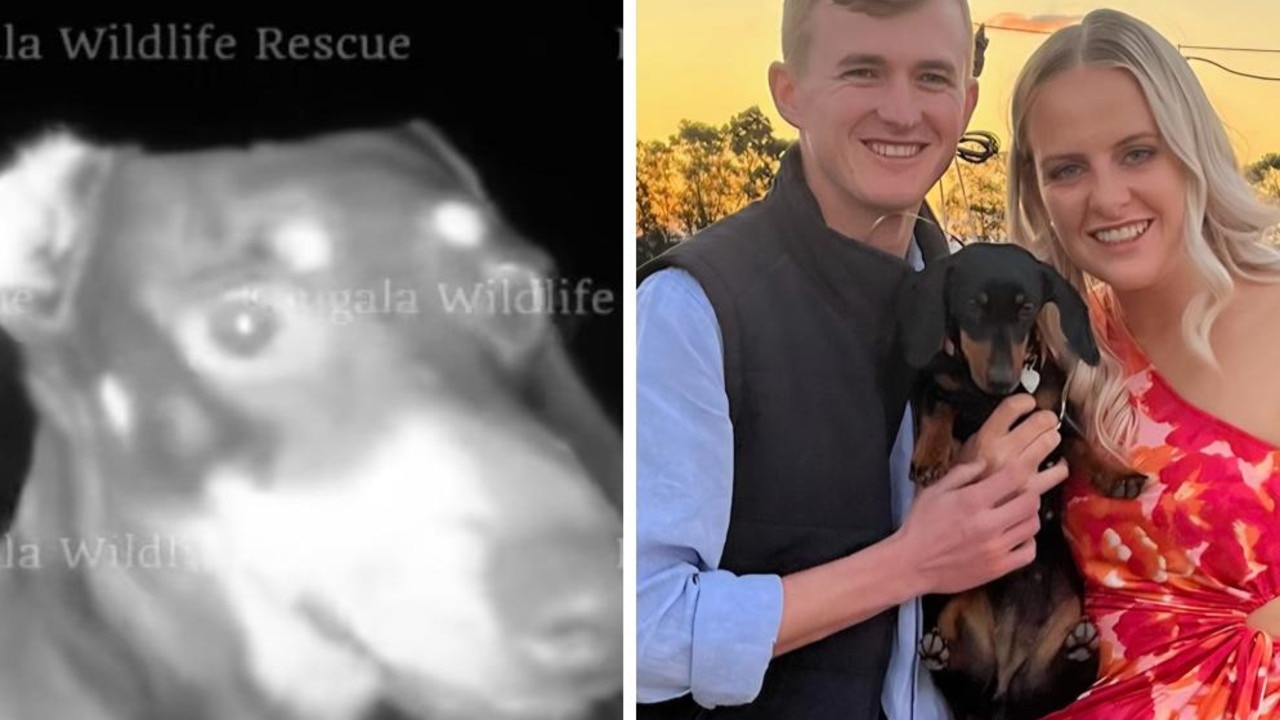Animal myths from the animal kingdom
YOU’VE heard the one about the poisonous daddy-long-legs or how frogs give you warts but the fact is they’re all a load of nonsense. We uncover some other common animal myths.
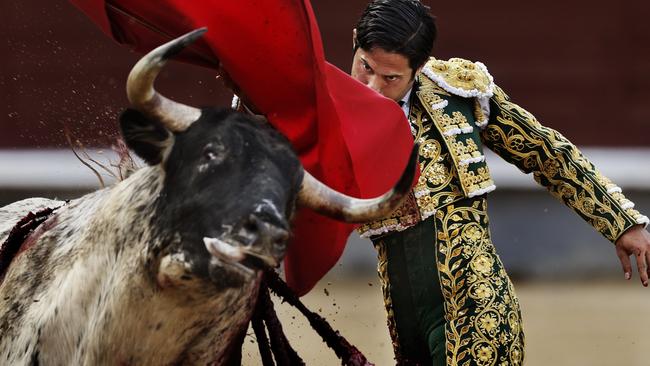
THE animal world is a fascinating place but for all the fun facts there are far too many that are actually a load of rubbish.
We’ve probably all heard the know-it-all proudly bark on about how the Daddy longlegs is the most poisonous spider in the world. Now it’s time to shut those fools down with some science FACT that will rock your world.
Here are some of the animal kingdom’s most common and most incorrect facts:
Bulls get mad at seeing red

We’ve seen them charge at a matador’s red cape and even used the term ourselves, but the fact is bulls are colour blind so don’t get enraged when seeing red. They are dichromatic (seeing only shapes, not their shade) and are most likely just angry that a man in a ridiculous outfit is waving a cape in its face while other people jab it with sticks.
Touching frogs will give you warts
Our mothers all told us this one. However, a wart is a human virus, not something amphibians carry. But still be careful when handling frogs or toads as the bumpy skin near a frog’s ears are parotoid glands that contain a poison, which can irritate human skin.
The koala is a bear
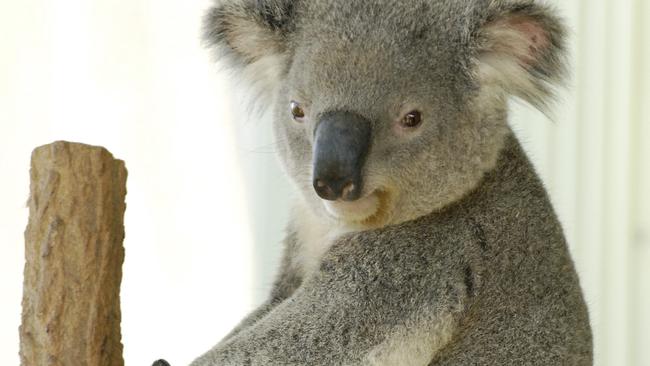
It’s fluffy, has the cuteness of Paddington and has claws to match those Grizzlies and Browns. But this is no bear. This Aussie icon is a marsupial and, despite looks, is a closer relation to the kangaroo than any camp site scaring beast. It even has a pouch to carry its infant around in.
Ostriches bury their head in the sand
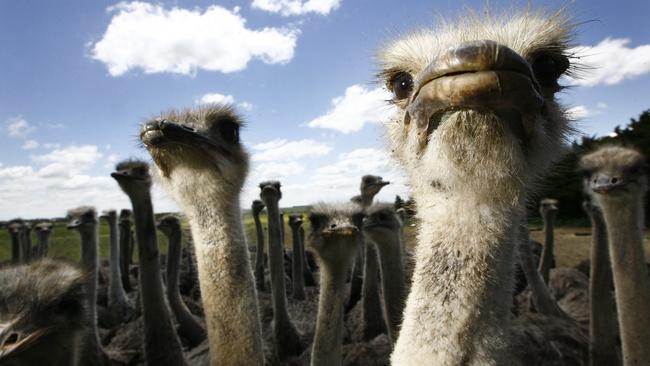
Popular culture has told us that when these birds sense danger they stick their heads in sand to avoid it. But they don’t. Not only would this be rather ineffective against a predator but they wouldn’t be able to breathe. Why people think this is still unclear but it could stem from the fact at a distance when grazing their heads seem to be constantly glued to the ground. Since ostriches can run at nearly 70km/h and have a kick that packs some serious punch, why would they bother burying their heads to escape enemies?
Birds explode when they eat rice
There’s always that person at a wedding who spouts off about not using rice as confetti because the pigeons will eat it and their stomachs will explode. Next time you meet this person grab your rice and throw (the rice) till your heart’s content. The incorrect theory is that the dehydrated grains of rice, when inside a bird’s stomach, will begin to absorb any moisture then expand and rupture their guts. Fact is many birds eat uncooked rice in the wild. The rate at which moisture absorbs to a dangerous rate is far slower than that of digestion where it would have been broken down and dissolved.
The Daddy-long-legs is poisonous
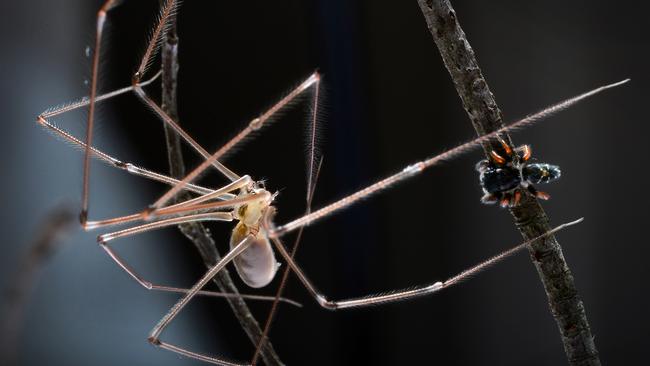
We hear people quoting this one all the time. Let’s put it to bed. This myth appears to be a classic case of wrong-end-of-stick-grabbing. There are two Daddy-long-legs from different animal groups — the one most commonly described is the Opilones, or Harvestmen. These guys absolutely do not have a trace of venom — they have no venom glands. Then there’s the common misconception that even if they did, their fangs are too small to pierce skin. This is where people may have become confused because the other Daddy-long-legs, also known as the cellar spider from the Pholcidae family, do have venom glands and have short fangs. However, these teeth can cause a bite but the venom is no more dangerous than a mild burning that lasts just a few seconds.
Cutting a worm in two becomes two worms
Most gardeners or cruel kids would have seen an earthworm writhe about as if independent when cut in half. While they act as if they could be two worms only the sections with the head is still ‘alive’. The rear section continues to wriggle as nerves continue to fire but it will eventually die. The most fascinating part of this, er, tale is a worm can regenerate a tail if severed behind the clitellum (the band around the worm that holds its sex organs).


